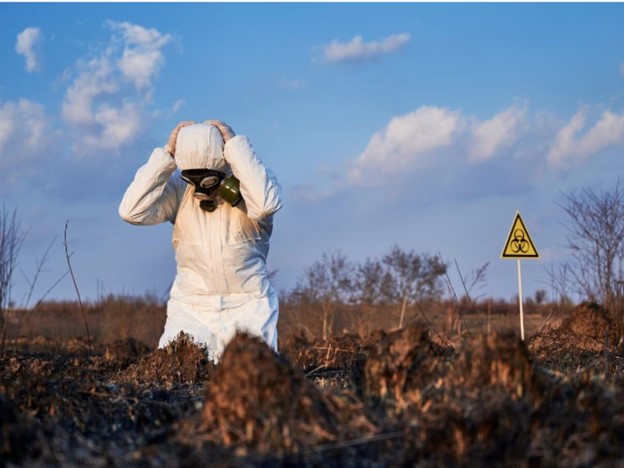Imagine an invisible threat in your house endangering the health of your family. For many Coloradoans, this is their reality because of the colorless and odorless gas radon. Particularly vulnerable to high radon levels in Colorado are homes because of certain geological characteristics, which highlights the need for radon testing. Is this accurate, and is Colorado particularly so? This concealed danger needs to be known about and countered if you want to protect the health and safety of your house.
What is Radon?
The normal process of uranium decay in the soil, rock, and water produces radon, a radioactive gas. Naturally occurring radioactive gas is radon. Any cracks in the foundation, spaces around pipes, and any other opening in the building structure allow it to enter dwellings. When radon levels are high inside buildings, it is extremely dangerous to human health, even though it is impossible to detect without the use of specialist equipment.
Health Hazards Linked to Radon Exposure
Serious medical conditions can be created from excessive radon exposure. Radon is the second most normal reason for cellular breakdown in the lungs, as per the Natural Security Organization (EPA). Smoking is a significant reason for cellular breakdown in the lungs. Radon gas raises the gamble of cellular breakdown in the lungs when presented to it for a lengthy period.
Hence, radon testing and restriction of its presence in residential areas are crucial. The need to be informed of the situation and act is emphasized by the alarming short- and long-term effects on health.
Why Colorado Homes are at Risk
Colorado’s unique geography is one of the things that raises the radon levels in homes. Eventually, the state’s soil and rock formations’ uranium decays to produce radon gas. According to historical statistics, the Environmental Protection Agency’s (EPA) advised action threshold of 4 picocuries per liter (pCi/L) is exceeded by radon levels in several Colorado sites. Radon testing is thus a necessary step for any property in the state.
The Testing Process
Using any of these options, one may easily perform radon testing using either short-term or long-term test kits. While tests deemed long-term monitor radon levels for longer than ninety days but offered a more precise estimate, tests deemed short-term usually last between two and ninety days. Homeowners have the choice to hire experts to complete the tasks or buy radon test kits from hardware stores.
Interpreting Radon Test Results

Once testing is over, it is imperative to fully understand the results. Radiation levels are measured in picocuries per liter or pCi/L. Should the test findings indicate that the radon levels are at or above 4 pCi/L, the Environmental Protection Agency (EPA) advises reducing the levels. There is a chance for negative health effects even at levels between 2 and 4 pCi/L. Hence, measures should be used.
Mitigation Techniques
There exist several ways to successfully lower radon levels in homes. Among these include the use of soil suction, which extracts radon from beneath the house and vents it outside, and sealing of cracks and other openings in the foundation. Having expert mitigation services is crucial to ensure that these tactics will work. Hiring experts can help guarantee that your house is radon-free.
Conclusion
One must evaluate the need for radon testing in Colorado residences. A large number of households in the state run the danger of having high radon levels, which are very dangerous to health. This is so because the state has particular geological characteristics. Regular testing and appropriate mitigation measures must be done to guarantee the safety of living environments. Colorado Radon Mitigation LLC is the company homeowners can trust to offer them efficient and well-managed radon mitigation services to safeguard their families from the hazards connected to radon exposure.

